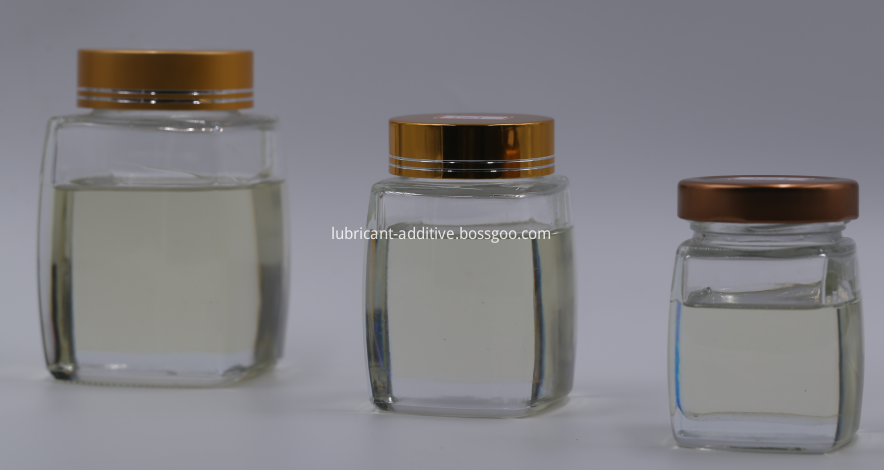The most accurate quantum thermometer available today: made of diamond nanocrystals
In the past two years, researchers have developed a quantum thermometer that measures the temperature change at the mK level at the nanoscale. They used quantum quantum dots in solids to make such quantum thermometers. Simply put, they used impurities in diamond nanocrystals. Thermometers have been used to measure the temperature of electrons in semiconductors and temperature changes inside living cells. The first technique has enabled the thermometer to achieve thermal equilibrium in the sample and accurately measure the temperature profile of the sample or to detect the relationship between the fluorescence line and temperature.
This experimental work has spawned some problems, including how to optimize the accuracy of the thermometer, and those materials can be the ideal nanometer thermometer. Anna Spanpera of Barcelona State University in Spain and her colleagues, as well as Gerardo Adesso of the University of Nottingham in the United Kingdom, believe they have found the answer to the question. They used new theoretical techniques, combined with mathematical tools, quantum mechanics, and thermodynamics to study these issues.
“Overall, the temperature we want to measure will be closely related to the energy of the thermometer,†said Luis Correa of ​​the Barcelona team. The work of the research team shows that the most sensitive nanometer thermometer has the largest heat capacity, which means that small changes in the ambient temperature will have a greater impact on the energy of the thermometer.
By mathematically maximizing the heat capacity of the thermometer, the team obtained an expression for the sensitivity of the nanometer thermometer. The sensitivity of a thermometer depends on its energy level structure and the number of unoccupied quantum states. For example, the nanodiamond thermometer used in the experiment has a ground state and two excited states with the same energy. The working group found that the most accurate thermometer is a two-level system, just like nanodiamond, but its upper level does not contain only two quantum states, but a lot of quantum states.
However, research has also found that there is competition between the accuracy of the thermometer and the range of measurable temperatures. One can achieve higher accuracy by increasing the number of upper-level quantum states, but at the same time narrowing the effective temperature range that the thermometer can measure.
The working group has suggested that an experimenter first use a low-sensitivity but high-temperature thermometer to approximate the temperature of the sample. A more accurate thermometer is then used to measure the temperature at different locations in the sample, such as in a circuit or cell, to obtain an accurate map of temperature distribution over time.
In reality, perhaps the thermometer is not completely thermally balanced with the sample because the temperature of the sample may change over time. In this case, the researchers found that if the thermometer was in a very cold environment before the measurement, its energy state would be at or very close to the ground state, and then the sample would be measured, and the result would be the most accurate. At the same time, they also said in the work that the same measurement should be tested as many times as possible, that is, the thermometer is cooled and then re-contacted with the sample, so that the cycle is repeated.
Correa said the work could help scientists recognize where to improve the experiment. Increasing the accuracy of temperature measurements can help scientists study the problem of heat dissipation at the nanoscale and the thermal processes in cells.
According to Martin Kroner of the Swiss Federal Institute of Technology, this theoretical work is an important step in the use of more reliable thermometers based on quantum effects. He also said that nowadays scientists have been able to create very low temperature environments to observe quantum phenomena in experiments, but this new work has introduced experiments into a new situation where people can not only observe quantum systems but also accurately measure them. The temperature of the quantum system itself.
This research work was published in the Physical Review Letter.
Synthetic Ester Lubricant Base Oil includes: Group V Synthetic Base Oil Polyester, Group V Synthetic Base Oil Metabenzenetriacid Ester, Group V Synthetic Base Oil Pentaerythritol Ester, Group V Synthetic Base Oil Trimethylolpropane Ester and Group V Synthetic Base Oil Double Ester Diester. It has excellent lubricity performance; used with antiwear and extreme pressure additive, it shows outstanding load carrying ability and EP performance. It also has good high temperature high shear (HTHS) performance, so it is widely used ICE oil and Gear Oil .

Synthetic Ester Lubricant Base Oil
Base Oil,Synthetic Ester Lubricant Base Oil,Specialty Base Oil,High Temperature Chain Specialty Base Oil
Zhengzhou Chorus Lubricant Additive Co.,Ltd. , https://www.cn-lubricantadditive.com